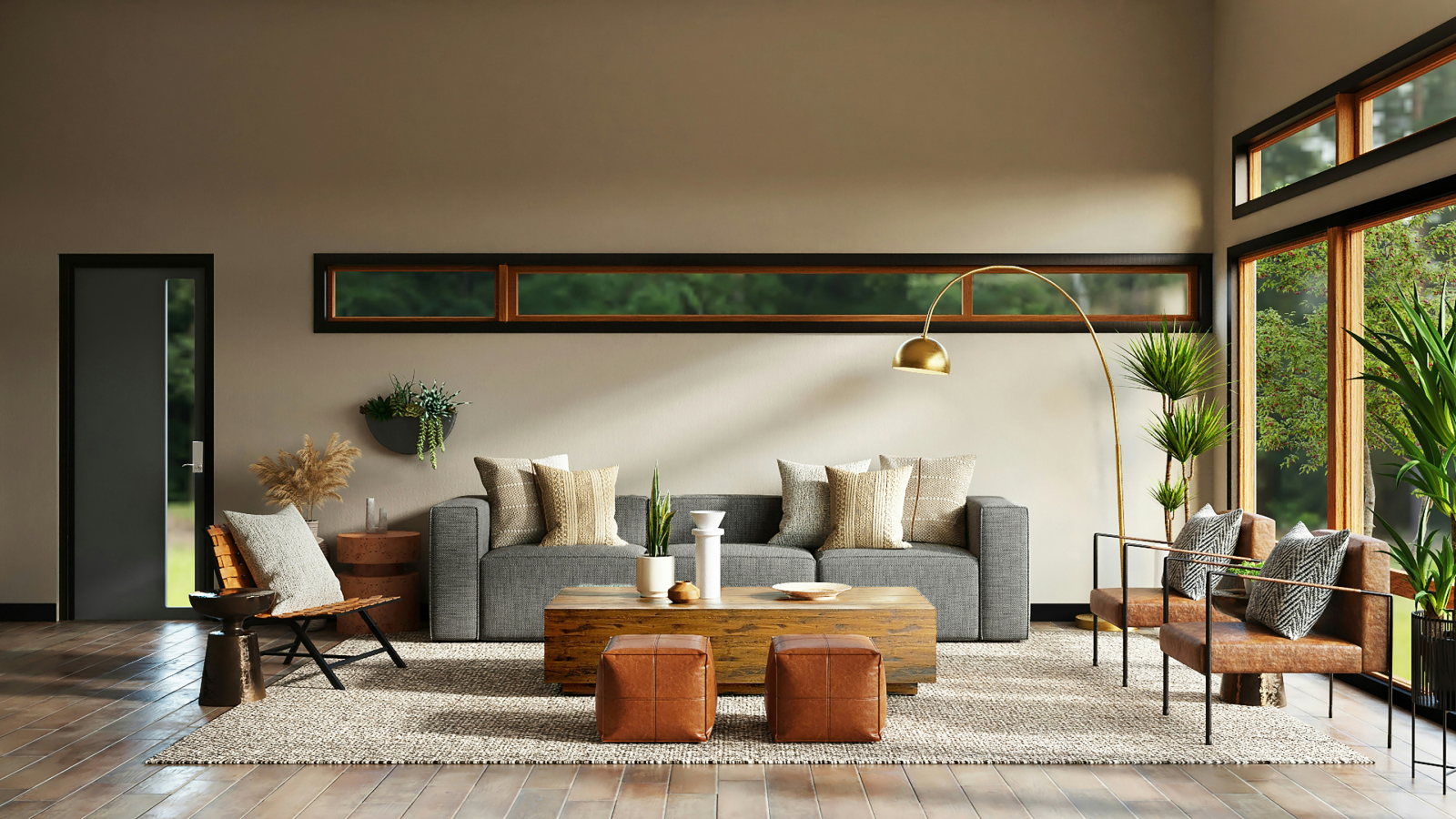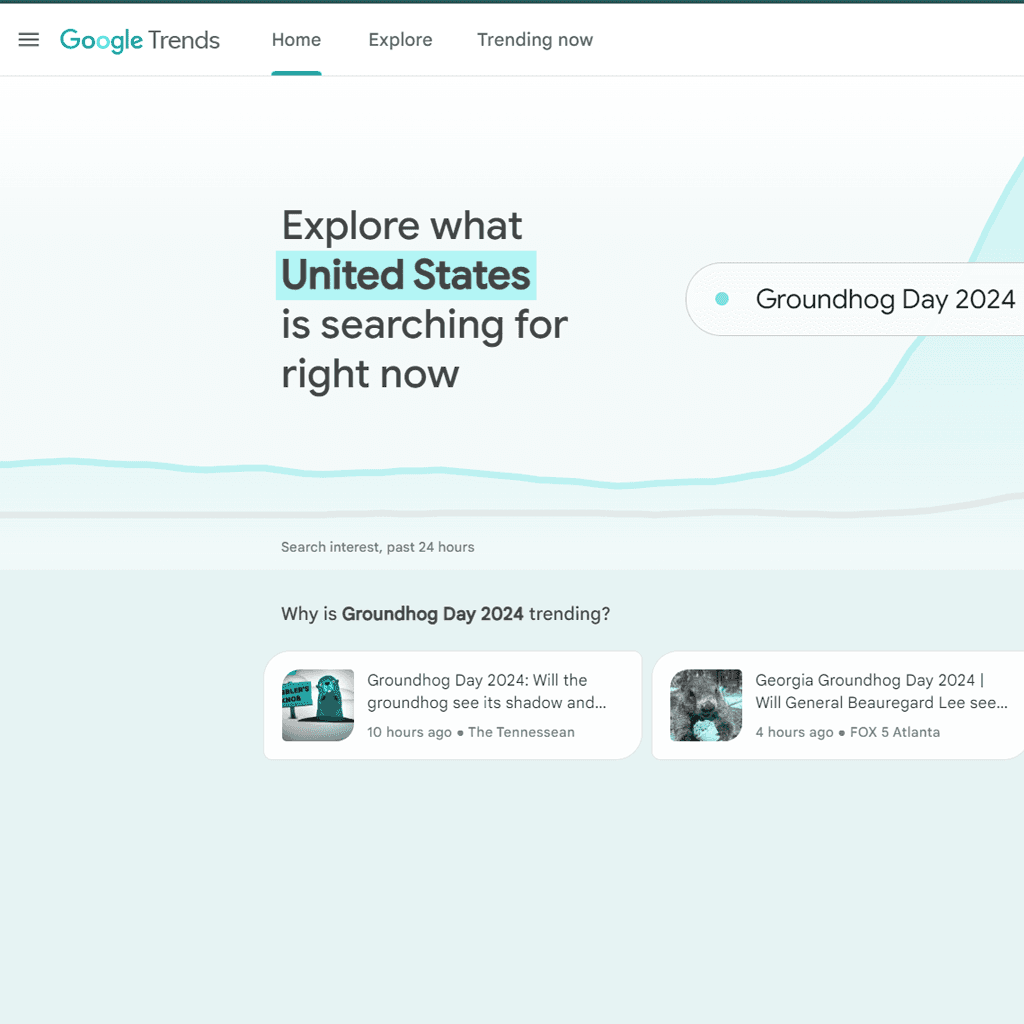Developing an effective search engine optimization (SEO) strategy for your home décor brand requires a combination of industry knowledge and masterful optimization skills. If you’ve ended up here, I can hazard a guess that you’re in one of two positions: Either you’re just starting on SEO for a burgeoning home décor brand, or you’re looking for ways to switch course and salvage an ineffective strategy. Luckily, I’ve spent the past several years helping new and established home décor brands enjoy satisfying improvements in search performance and customer conversion. While I can’t download all of my experience directly into your brain, I can share some of the lessons I have learned. Here are my tips for optimizing a home décor brand’s web presence for search.
1. Understand Key Industry Terms
In any industrial vertical, understanding the topic at hand is central to crafting optimized and accurate product descriptions, category copy, and blog posts. While this doesn’t mean you need a degree in interior design, it is one of the benefits of working with an agency like Eight Oh Two that’s familiar with your vertical. My colleagues and I have already acquired that background knowledge, and we’re well poised to jump right into optimizing your site. For home décor brands, these are just some of the topics that come up time and again across all types of optimized copy—and have become second nature to me:
Décor Styles: There’s a difference between contemporary and modern design, just as there is a difference between traditional and vintage or antique. These terms appear frequently as keywords for bedding, décor, and furniture, so a high-level understanding of the differences will help you accurately optimize products and category pages.
Key Materials: Whether you’re talking mattresses, curtains, bedding, furniture, or artwork, certain key materials influence how those home goods feel, function, or last. I like to familiarize myself with a brand’s core product offerings and their material options, and then use that knowledge to inform everything from product descriptions to blog strategy.
Best Practices: What does it mean to layer a bed? What size rug is best for a dining room? What is a vignette in décor terms, and how do you best achieve it? A working knowledge of these and other best practices helps me write compelling, helpful product and category copy and blog content.
2. Map the Competitive Landscape
Home décor brands operating in a crowded digital landscape face competition from similar brands, which operate at the same price point, in the same industry, with the same target audience. They also face search competitors, which are the sites that rank in top spots for the same target keywords. Brand and search competitors sometimes, but not always, overlap. Understanding who they are and what they’re doing well (or not) can provide valuable insight into several key elements of your own strategy, including:
- Which keywords to target
- Missed keyword opportunities
- Site structure
- Blog content topics
- Structure and focus for category landing pages
- Details to include on product pages
While simply looking at the search engine results pages (SERPs) can offer some insights about competitor behavior, services like SEMRush and Moz offer tools that allow you to dive deeper. Use these or other similar paid services to conduct a thorough but high-level competitor analysis that provides actionable information about how you compare to competitors in key metrics.

Or focus on specific aspects of SEO with tools that help you understand traffic patterns, identify keyword and content gaps, and analyze competitors’ backlink profiles.

This keyword gap information for The Company Store, for example, shows me that we should evaluate existing content about choosing bath sheets versus bath towels—a topic that a quick Google search reveals is covered extensively on competitors’ sites, but missing from The Company Store. This lack of blog content dedicated specifically to “bath sheet vs bath towel” is a missed opportunity to rank for an important industry keyword.
3. Target Long-Tail Keywords
Targeting long-tail keywords is basic SEO advice that can apply to almost any industry vertical, but bears repeating. This is especially important in high-competition sectors where results for terms like “sheets” are already saturated with content from the biggest and most established brands. I’ve talked in greater detail about choosing keywords, including the difference between long- and short-tail terms, but the succinct version is this: Long-tail keywords are more specific than short-tail keywords—think “floral cotton percale sheets” or “cotton sheets for summer” versus “sheets” or even “cotton sheets”—and therefore have lower search value but also often lower competition. Targeting long-tail keywords can counteract keyword cannibalization, make it easier to rank for key topics, and move searchers farther along the buying journey.
4. Understand the Importance of Seasonality
The value of home décor search terms fluctuates with the seasons. While some topics—area rugs, or lighting, for example—are evergreen, others are in higher demand depending on the time of year. To create a successful SEO strategy for home décor brands, you must first know how the products shoppers are searching for vary by season. This can seem somewhat obvious—holiday décor in winter, patio furniture in spring and summer—but Google Trends is an excellent tool for greater specificity and insight. Building on the example above, let’s compare “outdoor furniture” and “Christmas décor.”

As you can see, “outdoor furniture” starts to gain in popularity in mid-spring, peaking toward the end of May, while searches for “Christmas décor” peak—as you might expect—around Black Friday. This understanding of seasonality can help brands decide when to highlight certain optimized categories in site navigation and when to incorporate seasonal terms into year-round category copy.
I also like to look at seasonality when coming up with content ideas, letting that insight inform not only which topics to cover but also when to publish it. Seasonality allows for a bit of creativity when coming up with content ideas. Yes, winter holidays mean that shoppers will be searching for décor and related tips, making these must-cover topics for any home décor brand’s blog. But many customers are also preparing to host visitors during the holidays, making content on choosing towels for the guest room seasonally appropriate, as well. Just don’t sacrifice relevance for creativity: Make sure the topics you choose are still grounded in solid keyword research, support your expertise and product offerings, and target desired consumer behavior.
5. Prioritize Accuracy in Product Descriptions and Category Pages
A background in fact-checking has made me a stickler for accuracy, whether I’m writing product copy or blog content. Accuracy is crucial in SEO, and not only because search engines prioritize authoritative content; customers value factual information in product descriptions and category pages because it helps them make informed decisions. Aim for accuracy in how you talk about which products appear on a category page—if a page ranks for “flannel sheets” because the keyword is in the footer copy, but there are no flannel sheets on that page, that creates a poor user experience—in how you describe those products in the footer copy, and in the details listed for each item (dimensions, which pieces are included in a set, construction, etc.) on its product listing. Accurate information reinforces a brand’s expertise and helps customers feel confident about potential purchases, compelling them to complete the transaction.
6. Pair Ecommerce SEO With Helpful, Optimized Blog Content
When I’m creating content for a home décor blog, I understand it’s my job to make specialized knowledge accessible for the average consumer, empowering them to confidently complete their purchase. The benefits of helpful, optimized blog content are threefold: It establishes you as an authority on your main product offerings, it maintains your visibility on the SERP by addressing customer queries, and it gives you opportunities to deploy an internal linking strategy while increasing potential for backlinks. Focus on developing buying guides, care guides, and comprehensive content clusters that support primary product categories.
Buying Guides
Start your home décor brand blog strategy with buying guides for each core product category. This revenue-generating content targets customers toward the bottom of the funnel who are ready to make a decision. Whether you’re selling patio furniture or premium bedding, an effective buying guide will walk shoppers through the important factors to consider. This is where that background knowledge I mentioned earlier comes in handy, allowing you to speak to materials, sizes, construction information, and any other relevant, differentiating details.

Care Guides
While buying guides target bottom-funnel shoppers, care guides for key products—think “How to Wash Bed Sheets” or “How to Clean Indoor/Outdoor Rugs”—provide helpful information to established customers. This strategy brings shoppers back to your site even after they’ve completed the purchase, which encourages brand loyalty, highlights your expertise, and offers a point of reentry into the buying journey.

Clustered Content
Supplement buying and care guides with content pieces that collectively give customers a 360° view of core product categories. Building up content clusters has been a key focus of our strategy for The Company Store, a longtime client and premium bedding and home brand. In addition to the high-level Comforter Buying Guide, I’ve written blog articles about:
- Tips on choosing comforter fill and weight
- Washing and storage tips for down and down alternative comforters
- The difference between down and down alternative comforters
- Choosing the best comforter for any season
- Tips for choosing comforter colors
- How to make a comforter lofty again

Routinely creating new content in established clusters allows you to target emerging keywords or address overlooked areas. Centering a blog strategy around these clusters creates plenty of opportunities for internal linking, and increases the potential of backlinks from social media and other home décor–based sites.
How Can an Agency Help With Your Home Décor Brand’s SEO?
When you work with an agency experienced in your vertical, you enjoy the benefits of not starting from scratch. At Eight Oh Two, we have many years’ worth of experience working with startup and established home décor brands to effectively optimize their web presence. A proven leader in search engine and performance marketing, we remain focused on driving superior results by leveraging best-in-class technology with the very best in human intelligence.
Contact us today to learn how we can help optimize your home decor content and boost your blog conversions.





